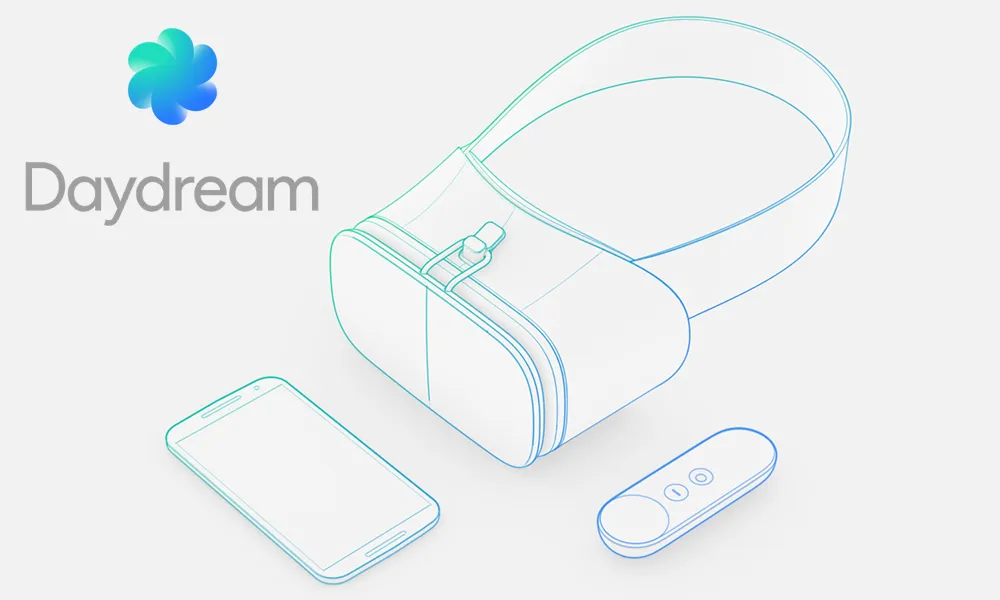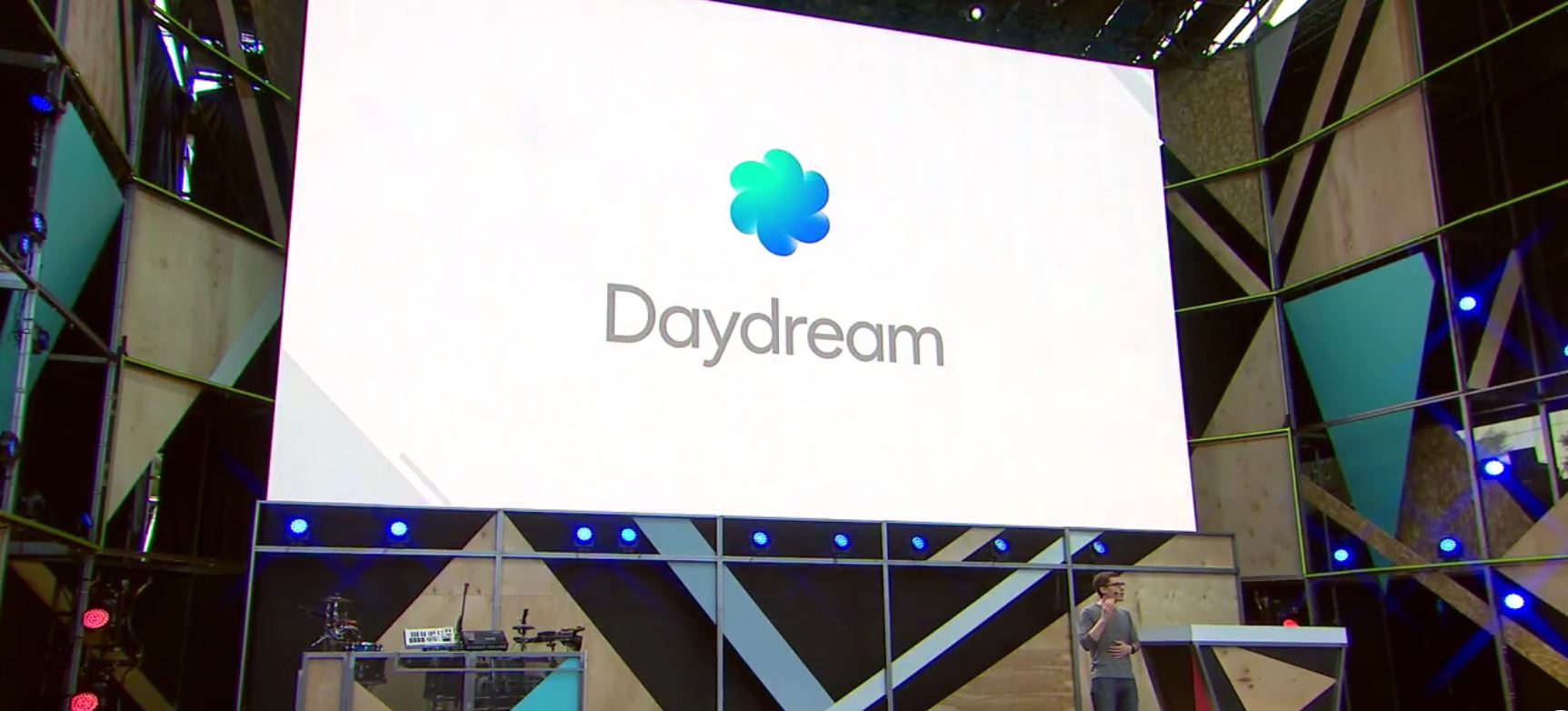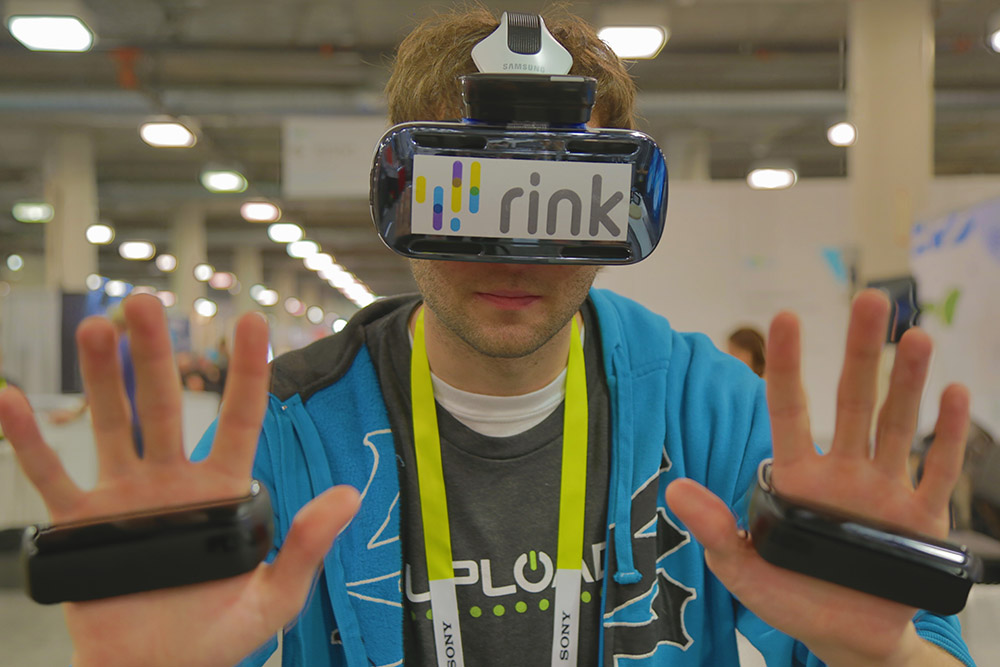The Gear VR is the undisputed king of mobile virtual reality headsets right now. I’ve already sung the praises of its secretly excellent library and constant hardware revisions have continued to improve its quality. That said, there aren’t any real challengers to the Gear’s throne right now, but that’s set to change in the very near future.
If recent reports are to be believed, we may finally be getting an in-depth look at Google Daydream early next month. The new mobile VR ecosystem is definitely launching this year, and trumps Gear in terms of phone support, incorporating a range of Android devices instead of being exclusive to Samsung’s line. It also has a much more intriguing input system with a Wii-like motion controller that’s required to access content, while Gear is still stuck with touchpads and gamepads. Finally, there’s an exciting content line-up on the way including the exclusive sequel to Gunjack and the debut VR game from EA.
Now, Oculus would tell you these reasons aren’t enough to cause concern, but I’m not so convinced, especially seeing as Samsung itself has been enticed into making Daydream Ready hardware. I think Gear VR has an uphill battle ahead of it if it really wants to stay relevant in the ever-evolving mobile landscape. But there are some key issues it could hit upon to maintain its foothold on Daydream.
Install Base and Price
Perhaps the biggest advantage Oculus and Samsung have right now is the fact that Gear VR already has its own install base. The former keeps boasting that the platform has seen more than one million users across at least one month in 2016, though frustratingly remains tight lipped on hard sales data. All the same, it’s already got a numerical advantage over Daydream, and it can work to keep it that way, especially considering there are now older, cheaper phones that support the Oculus Home ecosystem while Daydream will be starting out with a bunch of brand new, premium phones.
The Gear also costs an impressive $99, and we don’t know if Daydream headsets will be priced competitively, though the added motion controller does suggest it could be a fair bit more. Plus if initiatives to keep rolling out free Gear VR units to new Samsung customers continues then there will be plenty more units flooding into the market while Google continues to catch up.
Exclusive Content
I know that’s a dirty word to some of you, but the fact is exclusive content is one of the big areas in which Oculus can stay ahead of Google. It will be interesting to see which titles make their way over to Google’s ecosystem, but for now Oculus has big games like Land’s End and Dark Days appearing only on its platform, and investment in new projects will be more necessary than ever now that some serious competition is coming up.
Still, Google will be providing stiff competition. CCP’s Gunjack Next will be exclusive to Daydream, and its got its own software development teams that could be cooking up more beyond content like Daydream Labs. I mean, Google makes Tilt Brush, and Daydream has a motion controller. It doesn’t take much to see where that could go.
Input
Sure, Daydream’s motion controllers are a step up from gamepads, but they’re still not anything like on the level of the Oculus Touch or Vive Wands. I’m not saying Oculus and Samsung should even make something that matches those impressive position-tracked devices but there is certainly room to improve over what Google is offering.
We haven’t seen Samsung’s Rink controllers since CES back in January, for example, and an improved version of these that offered accurate, responsive hand-tracking for two hands would raise the bar. Gear VR’s input methods definitely feel dated in the post-Vive world and they need a boost if the platform is going to stay in the conversation. This is something we’re really hoping to hear more on in the near future.
Position Tracking
This is the big one, the most important technical challenge facing mobile VR right now. Positional tracking has been an essential standard in PC and console VR since early 2014 and mobile still hasn’t caught up, even to the annoyance of the likes of John Carmack. Sadly it still feels like this breakthrough is a long-way off, despite countless third-party companies creating their own solutions. Not even Google has cracked this yet.
In fact, I was pretty surprised to see that Daydream wouldn’t be position-tracked considered Google’s Project Tango tech could potentially provide it, but apparently those conversations about integration have begun internally. That should give Oculus the kick it needs to find an affordable, realistic position-tracked solution for Gear VR, which will usher in a new era in the mobile landscape.
–
So there’s four things Samaung and Oculus can stay on top of to keep ahead of Daydream. Hopefully we’ll see some of these at Oculus Connect 3 next month, because the pair are going to need to come out swinging if they want to keep the crown.
































